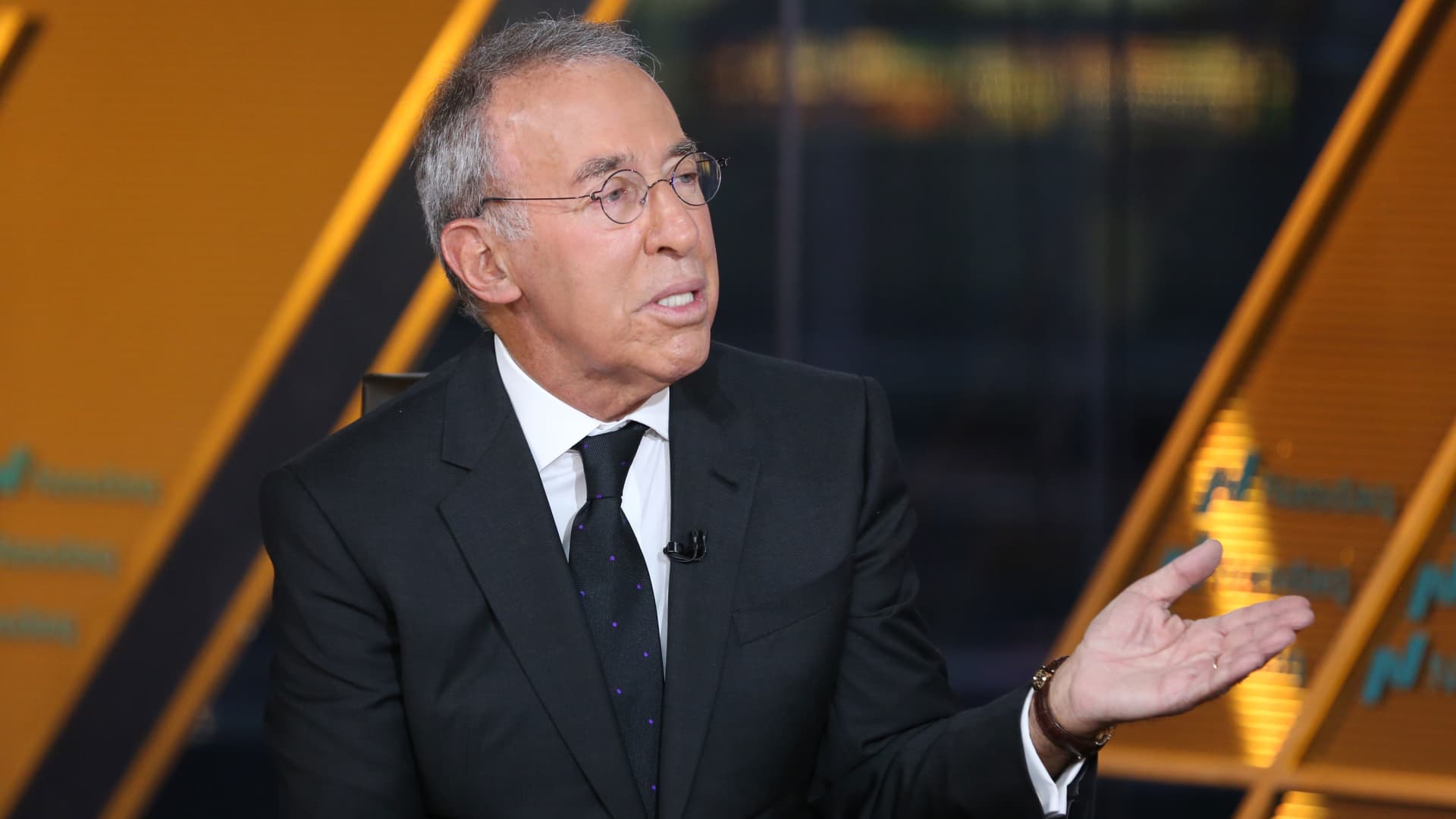A Calvert fund is giving investors a sustainable way to play this year’s technology rebound. The firm’s U.S. Large Cap Growth Responsibility Index (CGJAX) is up 27% this year, rallying in near harmony with growth stocks. The iShares Russell 1000 Growth ETF (IWF) is also up around 30% in 2023. The fund, which is rated five stars by Morningstar, was conceived in June 2015 — though Calvert has been focused on environmental, social and corporate governance investing for decades. All of the approximately 580 holdings in the fund meet the firm’s “principles,” Calvert’s name for its environmental, social and governance framework. “It’s a way to give investors access to growth from a style standpoint but are also meeting and adequately managing their financially material ESG risks and opportunities,” said Jade Huang, Calvert managing director of applied responsible investment solutions. CGJAX YTD mountain The fund’s 2023 ‘Rules based and data driven’ The fund, which has a minimum investment of $5,000 and fee of 0.49% for its A class, tracks an index created by Calvert of growth stocks that meet the principles. Here’s how the stocks are selected: Calvert uses an equation to determine a company’s growth score. It then selects the top 70% of stocks based on that score, screening for the 1,000-largest U.S. names. The names in the top 30% of the stocks screened receive the largest portfolio allocations, while the rest receive a smaller allocation. “It’s all kind of mathematical,” said Huang, who has been at Calvert since 2006. “It’s very rules based and data driven.” Huang said the process hasn’t changed much besides some minor tweaks to the methodology. Still, only stocks that meet the principles, which include issues like carbon reduction and support of diversity, can be included. But what she said has changed is corporate America’s relationship with ESG. She said companies are now better at managing ESG risks than they were even a few years ago. They have also improved their disclosure processes. That comes as ESG finds itself in hot political water despite growing awareness and acceptance on Wall Street and among retail investors . As a firm, Calvert is considered one of the early adopters of ESG. “What is reflective in the index would be progress around sustainability issues,” she said. ‘Consistent approach’ Fitting of any growth fund, a handful of large tech names are among the biggest holdings as of June 30, per Morningstar. Apple is the largest holding at 11%, followed by Microsoft at 9%. While the fund has more than 500 holdings decided on by the firm’s equation, the 10 biggest holdings make up more than two-fifths of the fund’s total, per Morningstar data. Nvidia is the fund’s fifth-biggest holding. Shares have surged more than 230% this year as investors bought into the artificial intelligence mania. Though the fund has an undeniable tilt toward technology and other growth names, it doesn’t perfectly reflect the sector. Facebook-parent Meta is not included, for example, because it doesn’t meet the firm’s principles. Huang also noted the fund is underweight on Tesla . That can help explain why it’s underperforming the Nasdaq this year despite beating the broader market. The Nasdaq-100 index is up 41% in 2023. Morningstar analyst Lan Anh Tran also noted the exclusion of major tech players such as Snowflake and Fortinet can impact its performance compared with its peer group. The fund ranks in the 51st percentile among peers this year, slightly down from the previous two years. However, the fund has a strong long-term track record, averaging an annual return of 13.3% over the past five years. That puts it in the 13th percentile among funds in that category over that time. “This fund still offers a broadly diversified option for investors looking for a balance between ESG and growth stocks,” Tran wrote when rating the fund at the end of last year. “Even though it makes some active bets on sectors and individual stocks, the fund’s valuation and profitability metrics look similar to those of the category average and Russell 1000 Growth Index.” Tran also said the fund’s relatively low expense ratio can give it an “edge.” Growth-factor investing came back in vogue this year after the 2022 sell-off, which was sparked in part by high inflation and the Federal Reserve raising rates to combat it. This trend seems also seems to benefit Calvert’s fund. The fund also benefits from having a more data-driven approach to picking stocks, Huang wrote. “The consistent approach is really important,” she said. “We have a published, very transparent way of doing things, and we have to stick with it.”








